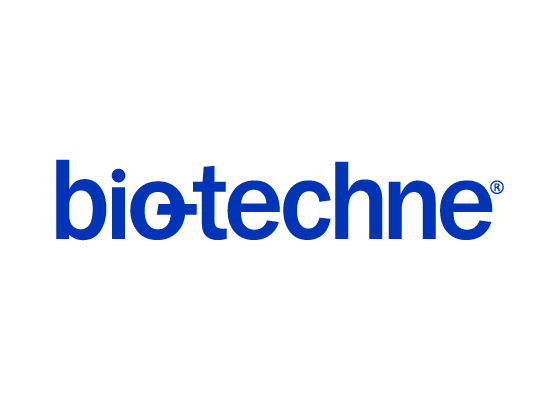Mouse CCL17/TARC Biotinylated Antibody
R&D Systems, part of Bio-Techne | Catalog # BAF529


Key Product Details
Species Reactivity
Validated:
Cited:
Applications
Validated:
Cited:
Label
Antibody Source
Product Summary for Mouse CCL17/TARC Biotinylated Antibody
Immunogen
Ala24-Pro93
Accession # Q9WUZ6
Specificity
Clonality
Host
Isotype
Applications for Mouse CCL17/TARC Biotinylated Antibody
Western Blot
Sample: Recombinant Mouse CCL17/TARC (Catalog # 529-TR)
Mouse CCL17/TARC Sandwich Immunoassay
Reviewed Applications
Read 1 review rated 5 using BAF529 in the following applications:
Formulation, Preparation, and Storage
Purification
Reconstitution
Formulation
Shipping
Stability & Storage
- 12 months from date of receipt, -20 to -70 °C as supplied.
- 1 month, 2 to 8 °C under sterile conditions after reconstitution.
- 6 months, -20 to -70 °C under sterile conditions after reconstitution.
Background: CCL17/TARC
Human thymus and activation-regulated chemokine (TARC) also known as CCL17, is a novel CC chemokine identified using a signal sequence trap method. Mouse TARC was discovered as a dendritic cell (DC) specific gene by differentiation RNA display. Mouse TARC cDNA encodes a highly basic 93 amino acid (aa) residue precursor protein with a 23 aa residue putative signal peptide that is cleaved to generate the 70 aa residue mature secreted protein. Among CC chemokine family members, TARC has approximately 24‑29% amino acid sequence identity with RANTES, MIP-1 alpha, MIP-1 beta, MCP-1, MCP-2, MCP-3 and I-309. The gene for human TARC has been mapped to chromosome 16q13 rather than chromosome 17 where the genes for many human CC chemokines are clustered. Mouse TARC is constitutively expressed in thymic DC, and at a lower level in lymph node DC in the lung. Recombinant TARC has been shown to be chemotactic for T cell lines and antigen-primed T helper cells. In humans, TARC was identified to be a specific functional ligand for CCR-4 and CCR-8, receptors that are selectively expressed on T cells.
References
- Imai, T. et al. (1997) J. Biol. Chem. 272:15036.
- Imai, T. et al. (1996) J. Biol. Chem. 271:21514.
- Nomiyama, H. et al. (1997) Genomics 40:211.
- Lieberam, I. et al. (1999) Eur. J. Immunol. 29:2684.
Alternate Names
Gene Symbol
UniProt
Additional CCL17/TARC Products
Product Documents for Mouse CCL17/TARC Biotinylated Antibody
Product Specific Notices for Mouse CCL17/TARC Biotinylated Antibody
For research use only